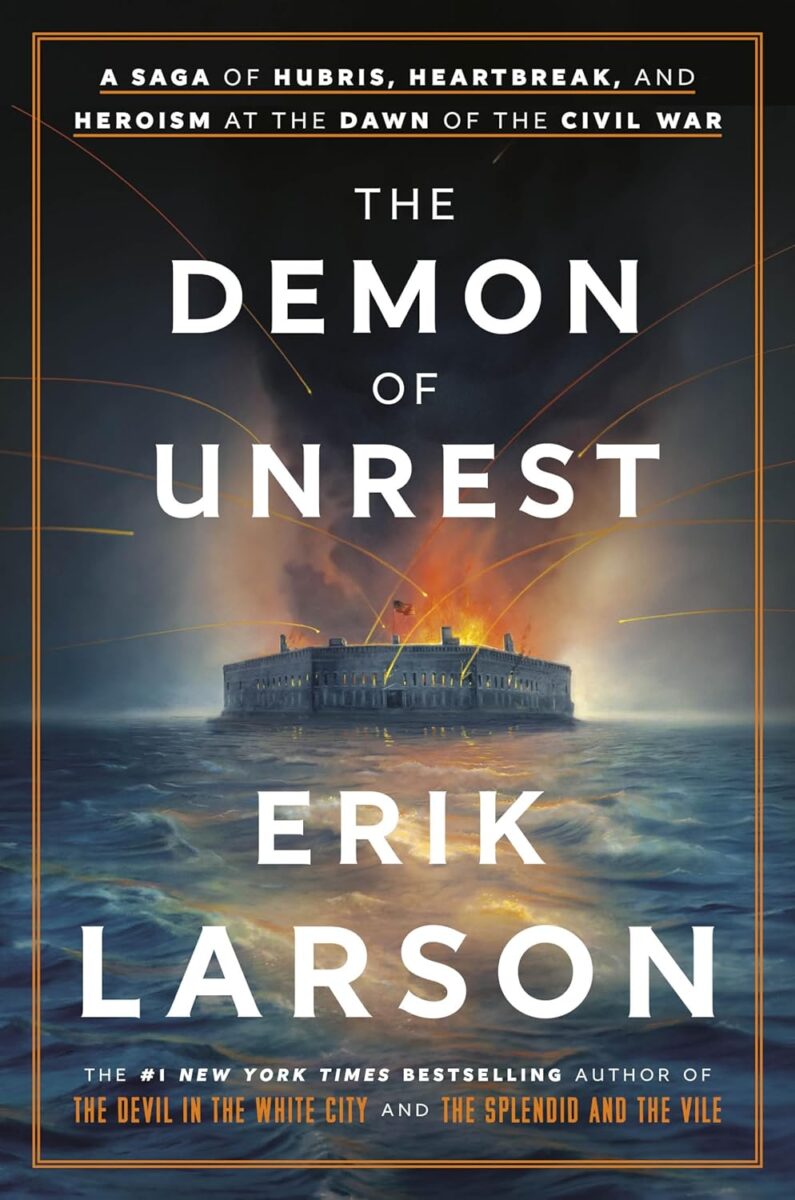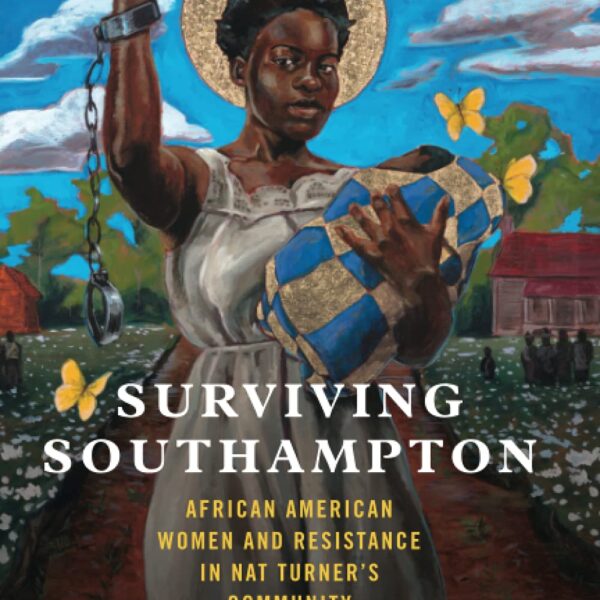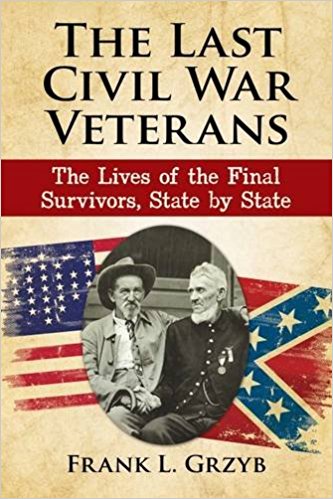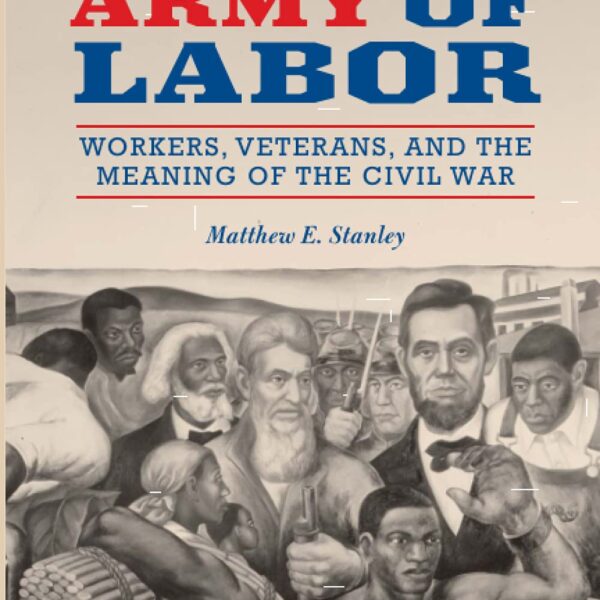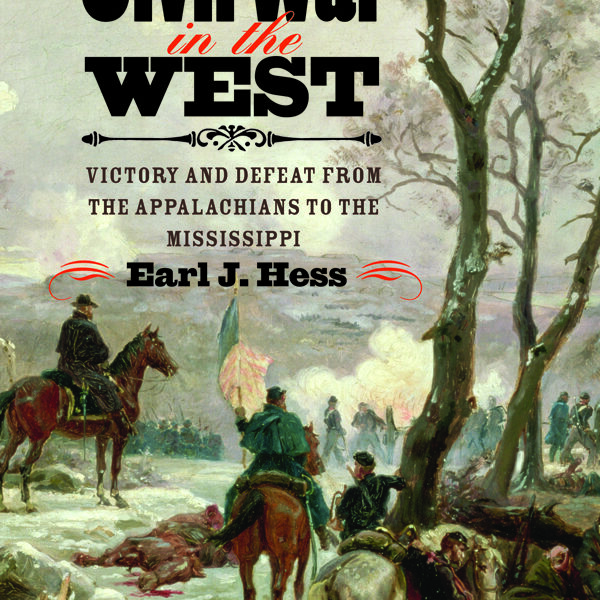Erik Larson, the author of several action-packed books that have attracted a wide readership, employs a narrow lens to frame the broad history of North-South antagonism that culminated in civil war. His chosen focus is the Fort Sumter crisis. This outpost, located on an island in the harbor of Charleston, South Carolina, became a contentious prize during the winter that followed Abraham Lincoln’s victory in the 1860 presidential election. As Deep South militants bolted the Union and moved to set up an independent government, the Confederate States of America, they felt affronted by continued federal control over a fortress just offshore from the very cradle of Southern secession. But, at the same time, Sumter became a riveting symbol for Northerners, evidence that the U.S. government refused to countenance disunion.
Larson trains a microscopic lens on Sumter and the soldiers stationed there. Increasingly encircled by dangerous Southern installations elsewhere in the harbor, the federal contingent, led by Major Robert Anderson, awaited instructions from Washington. Were they obligated to remain? If so, might they expect to be resupplied and re-enforced? Isolated by haphazard communications and persistently nasty winter weather, Anderson’s crew did what they could to strengthen Sumter’s defenses. Larson provides ample details about everything from weaponry (he takes time to define unfamiliar military terms and he explains, for example, how a team of seven was needed to fire a cannon) to working conditions (rotten) to morale (pretty good, considering). He continually reminds readers about the geography of the harbor. The details accumulate. Frequent trips by rowboat back and forth to and from Charleston become repetitive. The narrative sags as the author tries to build toward the climax and denouement that every reader has known to expect since the first pages of the book, which recount the exchanges of gunfire in Charleston harbor on April 12, 1861, that triggered four years of bloody warfare.
Larson excludes politics from his analysis. Even though the presidential election set the stage for the Sumter situation, this book offers readers next to nothing about the political impasse that brought the crisis to a boil. The eleventh-hour efforts to craft a Union-saving compromise, spearheaded by insiders such as John J. Crittenden and Stephen A. Douglas, get no mention here. Readers of this book will not realize that the two national parties of the Jacksonian era had split along sectional lines, or that the nascent Republican Party nominated Abraham Lincoln to improve its chances in three key Lower North states (Pennsylvania, Indiana, and Illinois) where anti-Slave Power appeals were not sufficient to win elections. Nor will readers know that the Lower South was dominated by a pro-secession Democratic Party, while the Upper South remained politically competitive, affording former Whigs the basis to build a Union Party that resisted secession until the outbreak of war.
Unfortunately, there is only so much to be learned by focusing on “first shot” moments. No comparable history of the American Revolution could afford to linger so long in Lexington and Concord, nor could the historian of the First World War remain situated in Sarajevo as the assassins awaited Archduke Franz Ferdinand. Accordingly, many dogs do not bark in The Demon of Unrest. Fifteen slave states had been part of the Union in November 1860, but only a single one of them receives any attention here. Perennially estranged South Carolina becomes a stand-in for the entire seceding South, and biographical details about two South Carolinians—the libidinous James Henry Hammond and the flirtatious Mary Boykin Chesnut—crowd out any systematic explanation of the state’s radical eccentricity. Diarist Edmund Ruffin, the flamboyant Virginian who fled to Charleston in early March to avoid living “even for an hour” under Lincoln’s tyranny, completes Larson’s trio of representative Southerners, none of whom wielded significant influence during the secession winter (292). The author contends that a prickly sense of honor and the code duello made the entire South a region apart and that Northerners were blind to this pronounced regional difference. Likewise, Larson faults Northerners for failing to understand how deeply criticisms of slavery stung white Southerners, who had become hyper-anxious regarding the future of the slave system.
It takes two sides to fight, but Larson offers precious little insight about the antebellum North. Why might Northerners have taken offense at the routine mistreatment (or worse) of Northern travelers in the slave states? How was it possible that many in the North could blame the slave system for its ill effects on Southern society without seeing any role for them or the federal government to hasten the cause of emancipation? Why did Major Anderson’s gritty refusal to cower in the face of armed menace make him a popular hero in the North? These questions hover unanswered in Larson’s narrative. He generalizes inaccurately and leaves the impression that support for abolition was widespread in the pre-war North.
Rather than taking time to provide a three-dimensional account of what people in the free states wanted, Larson offers skimpy biographical sketches of just two Northerners—Abraham Lincoln, the incoming president, and William Henry Seward, his principal rival to lead the Republican Party. By Larson’s lights, neither understood what was happening in the South and both downplayed the evidence that Unionism in the South was being swept away by the secession tornado. To be sure, Lincoln long hoped that sensible Southerners, such as his long-time Whig allies in his native state, Kentucky, exercised greater influence than they did. Seward, the prominent U.S. Senator from New York, did more than any other Republican to breathe life into Upper South Unionism during the winter months before the inauguration and could take considerable credit that two-thirds of white Southerners resided in the Union on March 4, the day Lincoln took office. Neither of the two key Northern leaders is portrayed convincingly. Larson ignores the close-grained work of modern scholars such as Russell McClintock, William J. Cooper, Gary Gallagher, and Walter Stahr, let alone the classics by David Potter and Roy Franklin Nichols. His caricature of Seward minimizes policy differences separating the two principals and emphasizes instead the New Yorker’s thwarted ambition and refusal to accept that Lincoln had supplanted him.
As the book winds laboriously toward its end, British journalist William Howard Russell arrives to find out what Northerners and Southerners didn’t understand about each other. Startled by the “intense hatred” of Yankees he witnessed in the South, Russell predicted that the Union never could be reconstructed (471). Russell, like Larson, never anticipated that Northerners ultimately might make steep sacrifices to preserve that Union. But Russell, unlike Larson, dismissed the “shelling of Sumter” as “a very small affair, indeed” (472). The famous war correspondent would not likely have looked kindly on a meticulously detailed 500-page tome about the drama in Charleston harbor during the winter of 1860-61.
Daniel W. Crofts, Professor Emeritus of History at The College of New Jersey, has long studied the North-South sectional crisis that led to the Civil War. His 2016 book, Lincoln and the Politics of Slavery: The Other Thirteenth Amendment and the Struggle to Save the Union, was awarded the University of Virginia’s Bobbie and John Nau Book Prize in American Civil War Era History.
